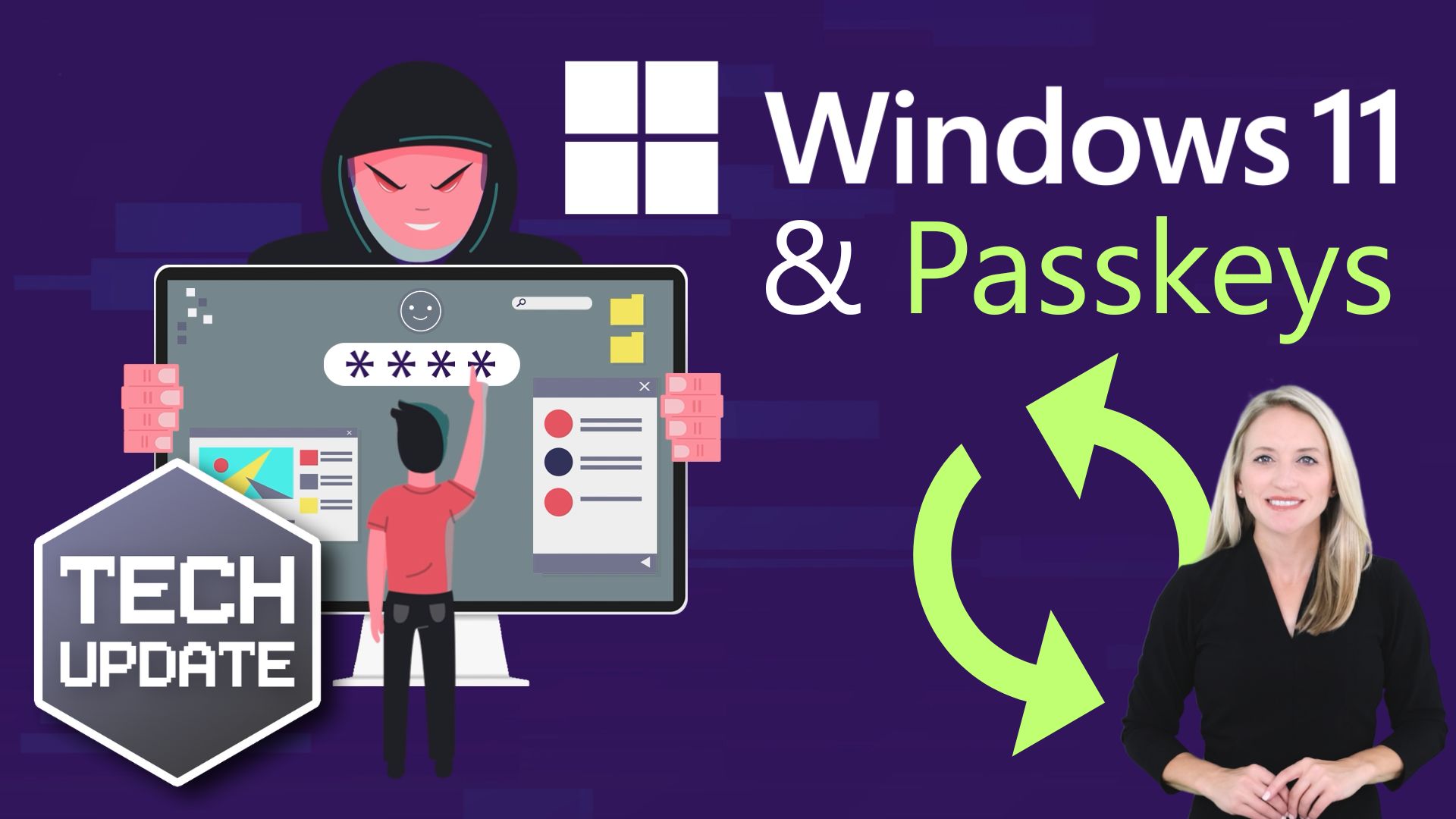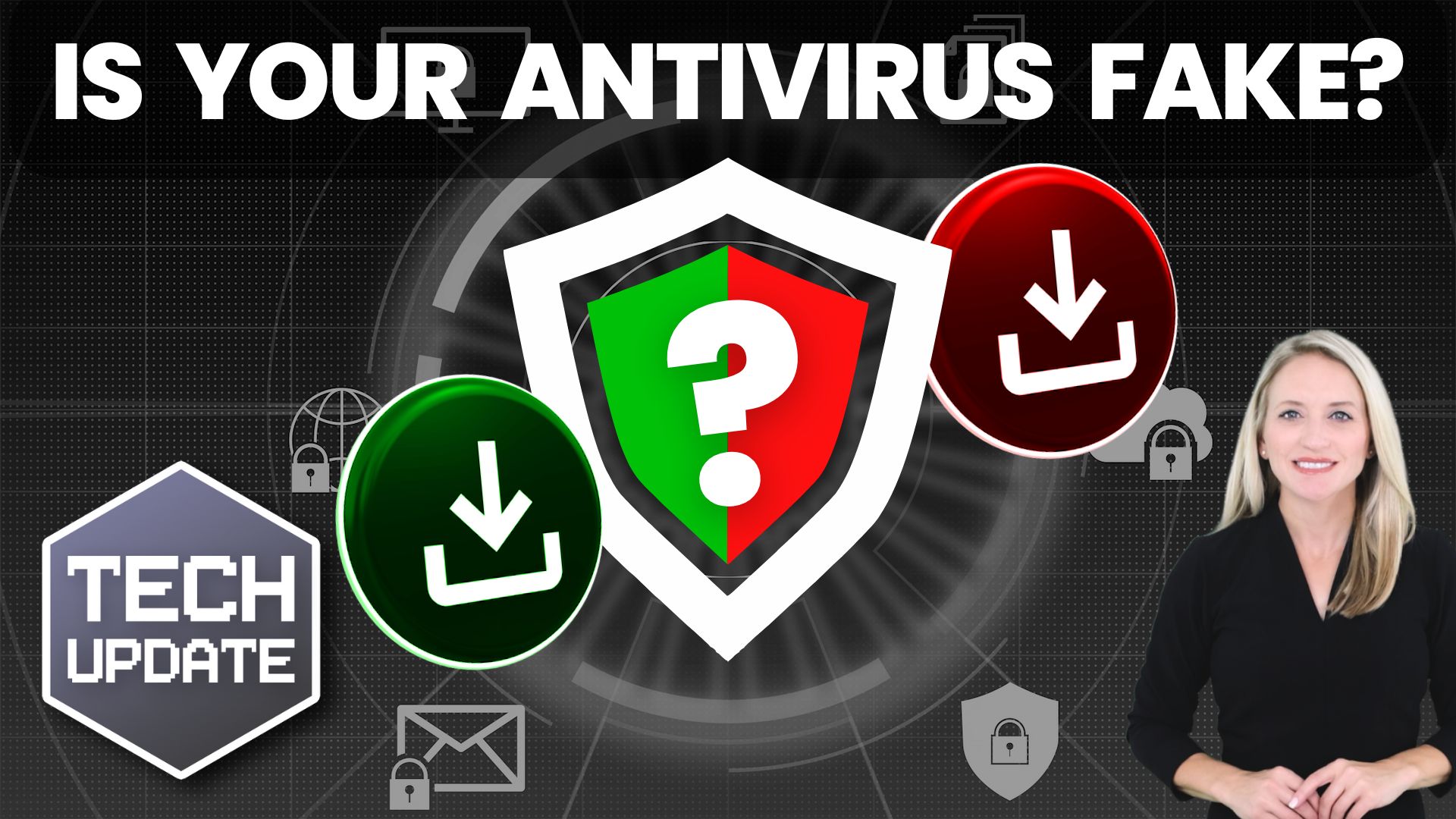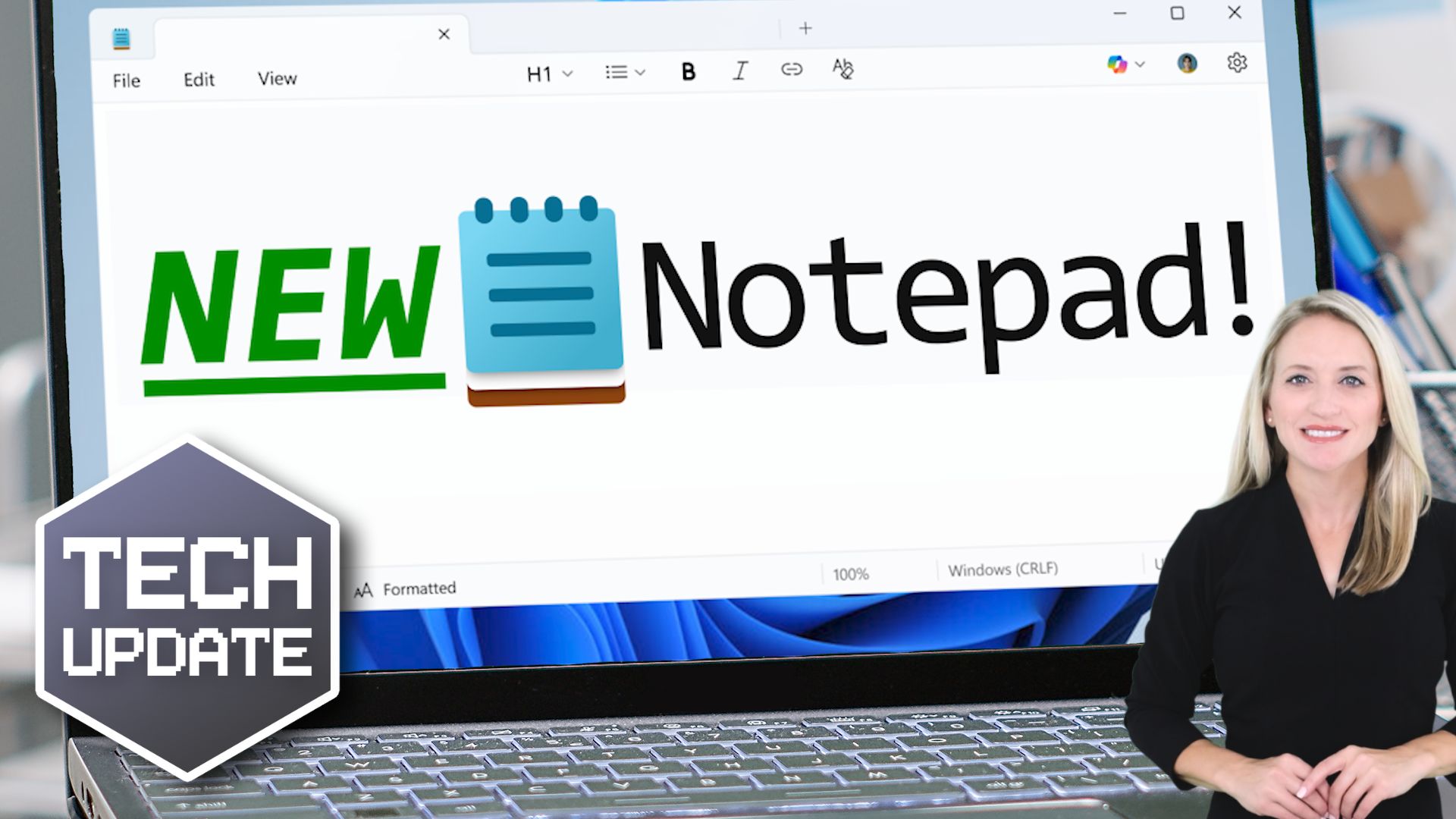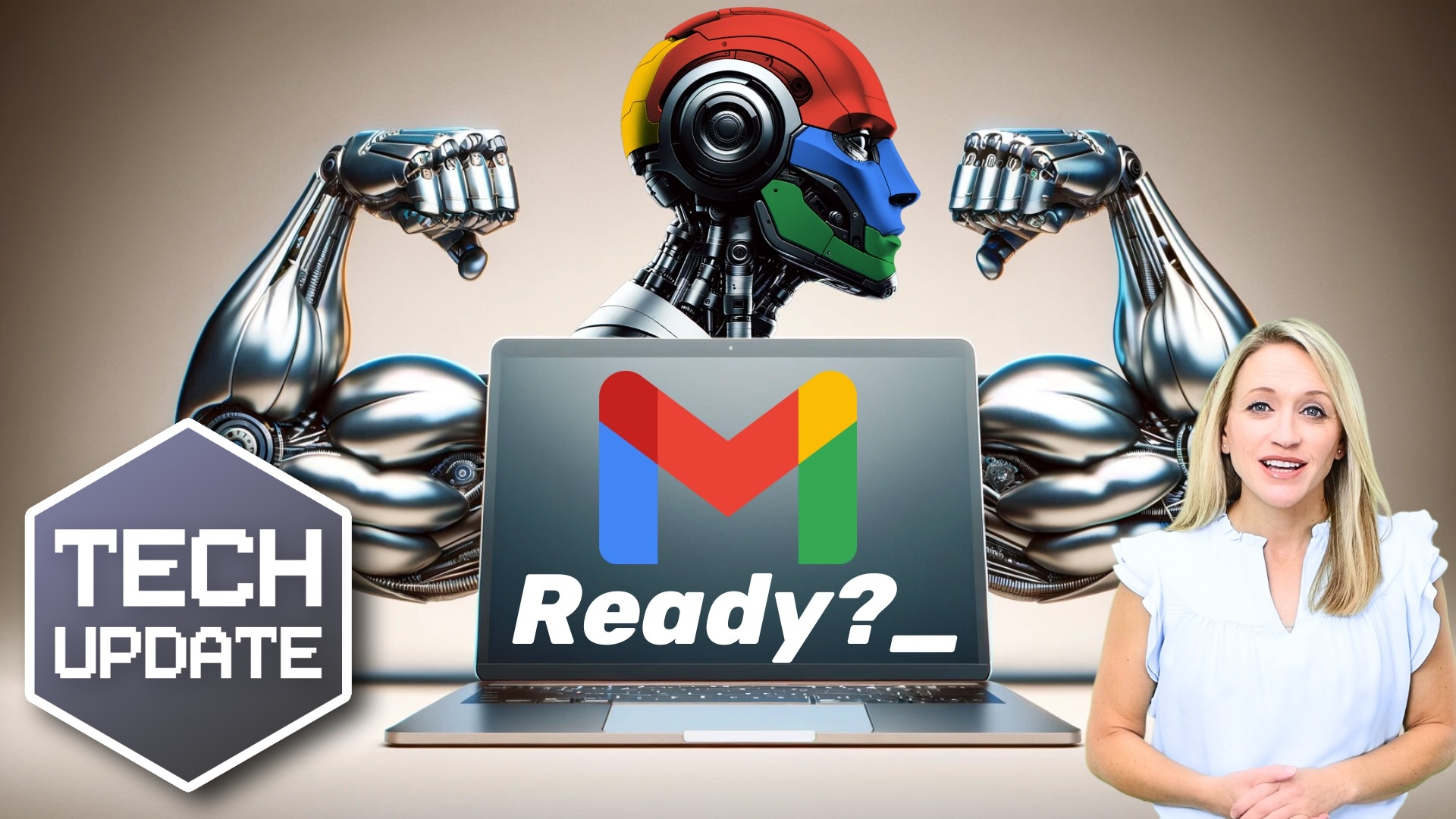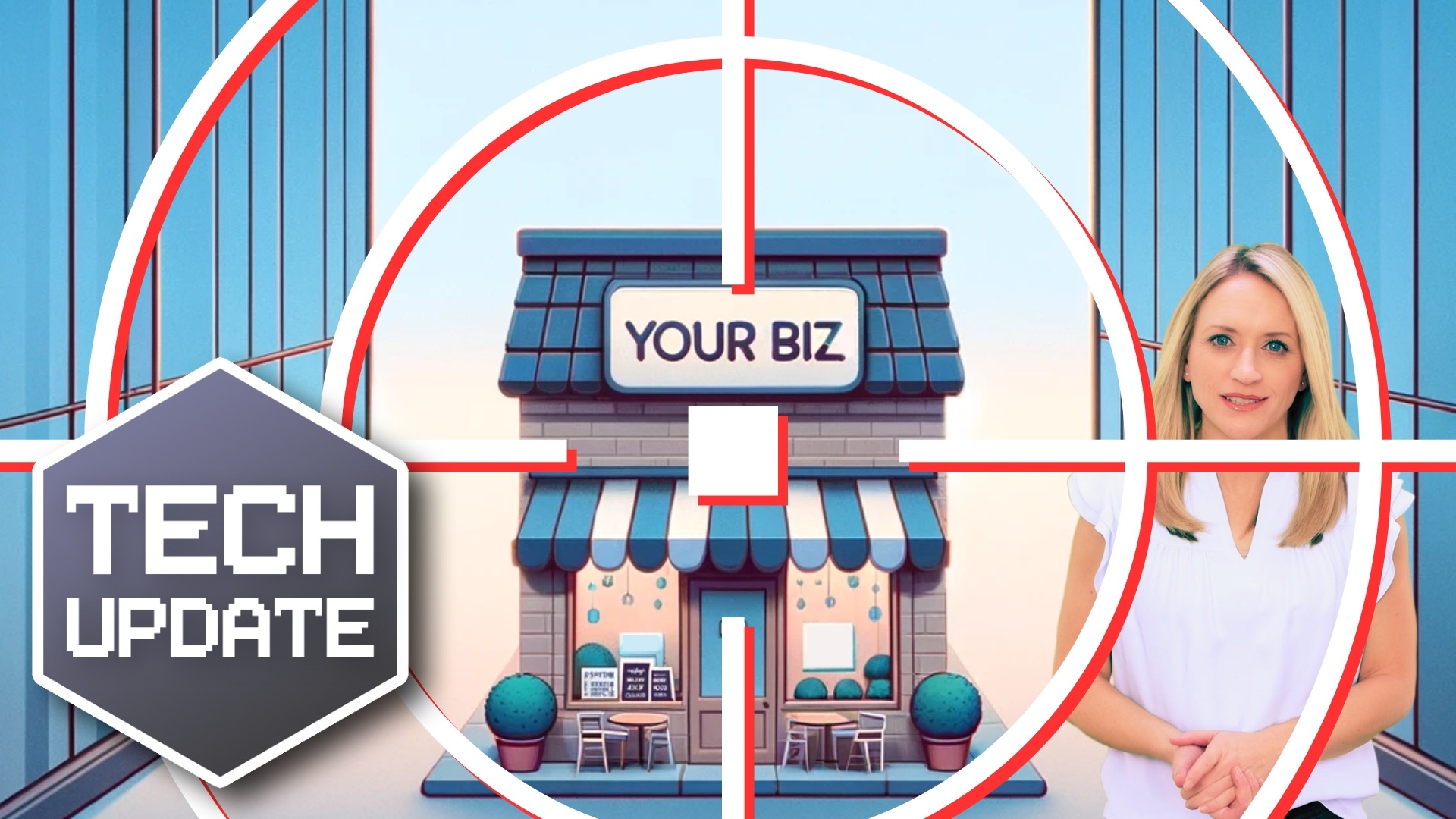Half of staff have too much access to data
Here’s a question to make you pause: Do you know exactly who in your business can access your critical data right now?
And more importantly, do they need that access to do their job?
If you’re like most business owners, you probably assume that access is sorted out during setup and that’s the end of it. But new research says otherwise.
It turns out that around half of staff in businesses have access to far more data than they should.
Which is a big problem.
Not just because of the risk of someone doing something malicious, but because mistakes happen. When people can see things they don’t need, it opens the door to accidents, breaches, and headaches with compliance and audits.
This is what’s known as insider risk.
It simply means the risk that comes from people inside your business, whether they’re employees, contractors, or anyone else who has access to your systems.
Sometimes insider risk is deliberate, like when someone steals data.
But far more often it’s unintentional. Someone clicks on the wrong thing, sends information to the wrong person, or keeps hold of access when they leave the business. And that’s when trouble starts.
One of the biggest issues is what’s called “privilege creep”.
That’s where people gradually build up more access than they really need, often because they move roles, get added to new systems, or no one takes a close look at what they can see.
The research shows that only a tiny percentage of businesses are actively managing this properly. And that means huge amounts of data are being left exposed.
Even scarier, nearly half of businesses admit that some of their ex-staff still have access to systems months after leaving. That’s like leaving the keys to your office in the hands of someone who no longer works for you.
The solution is to make sure your people can only access what they need, and nothing more. This is often called “least privilege”.
It means setting up systems so that permissions are limited to what’s necessary. And access is only given temporarily when required. That’s sometimes referred to as “just in time” access.
And just as important, when someone leaves your business, all their access should be removed straight away.
Today’s world of cloud apps, AI tools, and “invisible IT” (where software is used without IT even knowing about it) makes this trickier. But it’s not impossible. It just means being proactive.
Regularly reviewing who has access to what, tightening permissions, and using tools that help automate this can make a huge difference.
The aim isn’t to slow people down. It’s to protect your data, your customers, and your business’s reputation.
If you need help checking how secure your access controls are, get in touch. It’s better to know now than after a breach.


